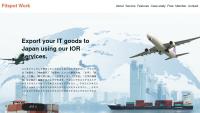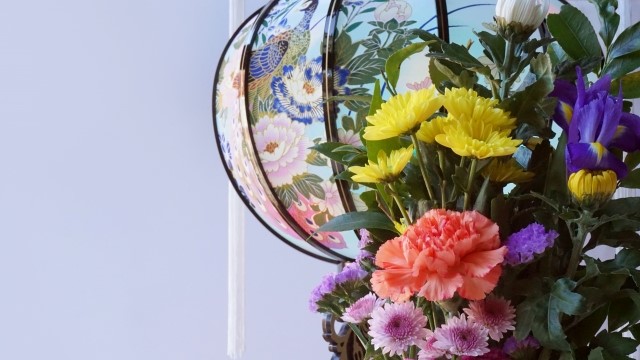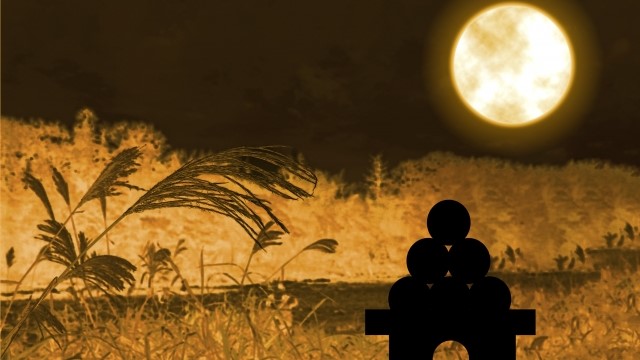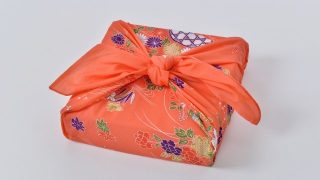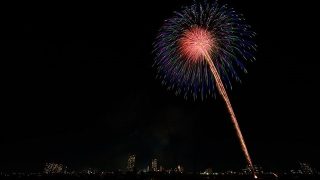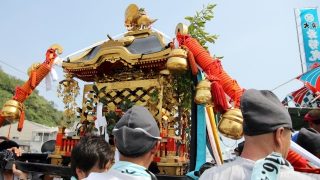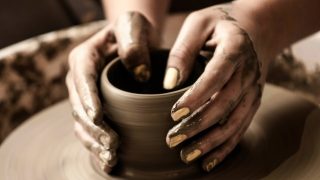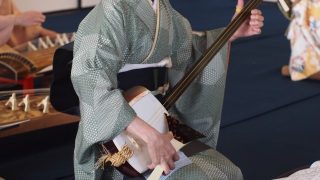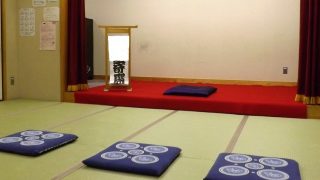About Sensu (扇子- Japanese fan)
Sensu is a tool used to create wind, also called Ogi(扇).
It’s a hot summer in Japan. We don’t want to leave our air-conditioned room. In the old days, when there was no air conditioning, small items were used to cool off. Seusu, Uchiwa, Higasa (parasols), and other small items that give a sense of summer are still in great demand.
We can use it all year round, but summer is the best time. Why don’t you gracefully take the coolness out of the air while flapping a Sensu as one of the coolest summer traditions?
The beginning of Sensu
The foldable Sensu was invented in Japan, unlike the Uchiwa, which was introduced from China. In the Nara period (710-794), the wooden Sensu was born, and by the beginning of the Heian period (794-1185), Sensu made of paper and silk were presented to the courts of China and Korea.
From the middle of the Heian period, the Sensu became one of the costumes of the aristocracy and was also used as an accessory to express individuality, such as writing songs and exchanging Sensu.
Initially, the paper of the Sensu was only on the front. Still, in the Ming dynasty in China, the Sensu with paper on the back was also invented, and it was introduced to Japan from China in the Muromachi period. Sensu shops and merchants also appeared in the city, spreading the Sensu among the ordinary people. It became even more popular in the Edo period. It is said that painters of all styles of art worked hard to create a picture of Sensu.
The Sensu was thought to have the power to exorcise evil spirits because it would cause wind. It is also considered to be a good omen, and the custom of handing it out as a souvenir of seasonal greetings and events is still in place today.
The difference between Sensu and Uchiwa
The Sensu and Uchiwa are both hand held tools that fan and create wind, but they have the following differences.
・Sensu
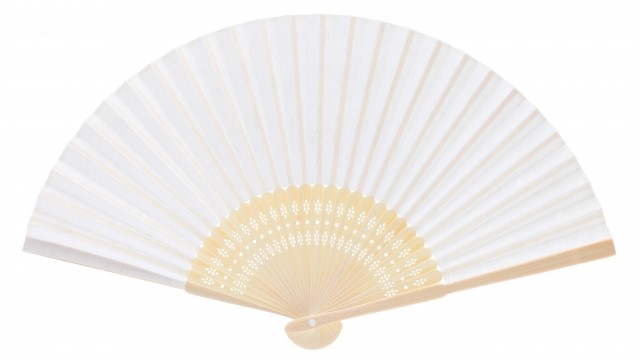
・Uchiwa
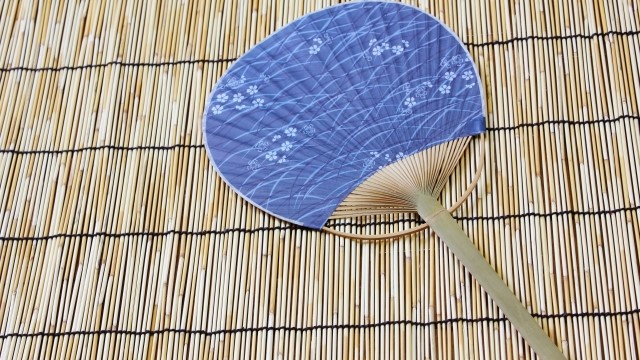
The difference in the place of birth
Uchiwa was invented in China and introduced to Japan, while Sensu was invented in Japan.
Uchiwa was used in China and ancient Egypt before the invention of Sensu, and the history of Uchiwa is older than that of Sensu.
After Uchiwa was introduced to Japan around the 7th century, the foldable, portable Sensu used today was born.
Differences in use
Unlike Uchiwa, Sensu is also used for ceremonial occasions such as weddings, tea ceremonies, and Noh.
The difference in the part to hold, “Kaname(要)” and “E(柄)”
When we fan the Uchiwa, hold the “E(柄)” part to fan it.
On the other hand, when we fan the Sensu, hold the “Kaname(要)” part.
The difference between Kyo-sensu and Edo-sensu
Sensu was first born in Kyoto and became “Kyo-sensu”, and when it was introduced to Edo, then “Edo-sensu” was born.
There are the following differences between “Kyo-sensu” and “Edo-sensu”.
Difference in the production process
Although the production of Kyo-sensu is a division of labor system, the production of Edo-sensu is done by one person from the beginning to the end.
The production process of Kyo-sensu is divided into more than 80 processes, each of which is made by a specialized craftsman.
It is said that the background of this division of labor system is the desire to cherish the horizontal connection between the people of Kyoto and the desire to produce high-quality products by utilizing the skills of skilled craftsmen with high expertise.
On the other hand, there are more than 30 processes in making the Edo-sensu, which is done by one person from the beginning to the end.
Currently, there are only a few artisans who can handle all of these processes.
Difference in the number of intervals
Kyo-sensu has more intervals, and Edo-sensu has fewer.
Normally, Kyo-sensu has about 30 intervals. In some cases, there are as many as 100 intervals.
On the other hand, Edo-sensu has 15 to 18 intervals, so the fold width is also wide.
Differences in designs
While the designs on Kyo-sensu are glamorous and elegant, Edo-sensu often have “Iki (smartness)” and neat designs. The design and color scheme show Edo-esque and Kyoto-esque features.
・Kyo-sensu

Sensu that plays an active role in various forms
Speaking of entertainment using Sensu, let’s not forget “Rakugo.”
In Rakugo, Sensu turns into all sorts of things.
For more information on Rakugo, please check the Rakugo topic.
In this way, Sensu has various activities and plays various roles.
This Sensu was born in Japan and has been used in Japan and other countries since its early days.
We can see that Sensu is one of Japan’s most important traditional cultures.
We feel like we can look at Sensu with slightly different eyes than we did before.



